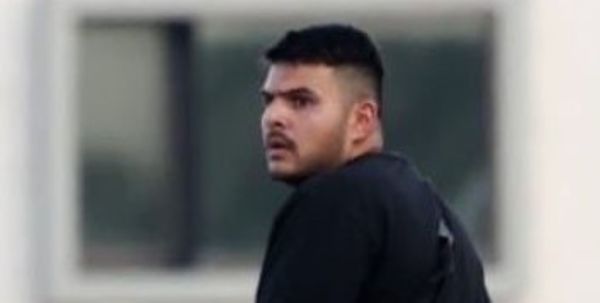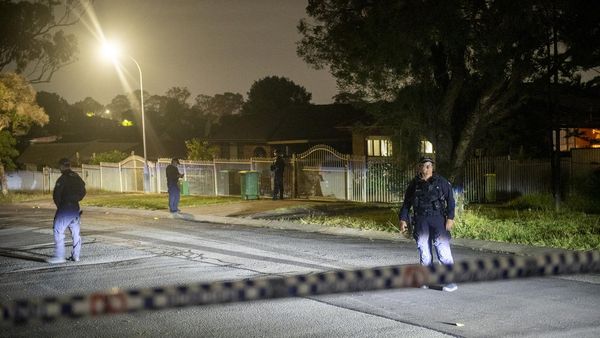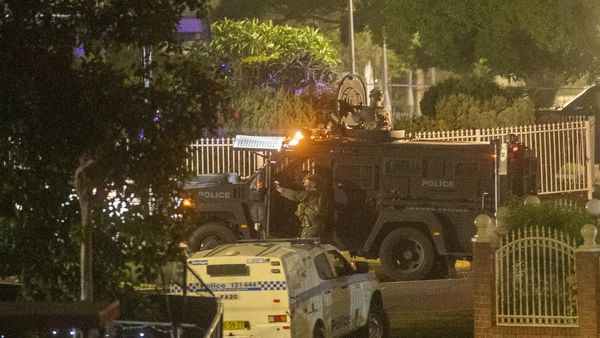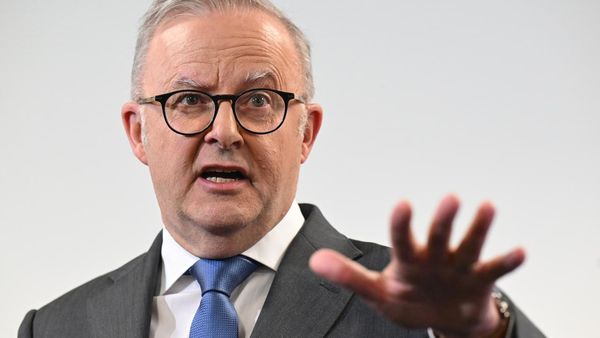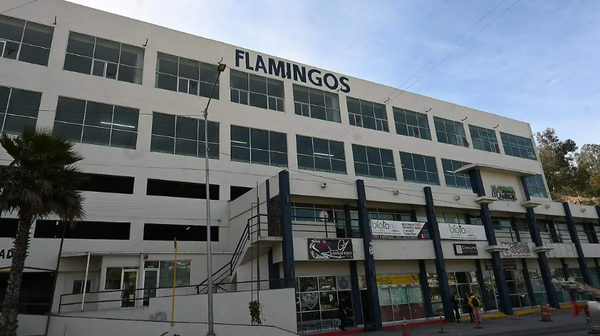The reinstatement of artist Khaled Sabsabi and curator Michael Dagostino as Australia’s representatives for the 2026 Venice Biennale closes a bruising recent cultural episode and exposes the fragility of the systems meant to protect artistic freedom in Australia.
An independent review released this week confirms this was not simply a communications misstep.
It was a full-scale institutional failure inside Australia’s peak cultural agency, Creative Australia, marked by poor risk management, inadequate escalation protocols, and a fundamental confusion about how to respond when artistic expression meets political controversy.
What triggered the collapse
The crisis began in February, just six days after Sabsabi and Dagostino were announced as Australia’s representatives.
In a sudden reversal, Creative Australia’s board rescinded their appointment.
At the centre of the backlash were two of Sabsabi’s earlier works – one referencing Hezbollah leader Hassan Nasrallah, the other depicting a view of the Twin Towers on 9/11.
Coalition senator Claire Chandler raised the issue in Parliament. That evening the board held an emergency meeting. The artists were removed, with Creative Australia citing concerns about “a prolonged and divisive debate” that posed “an unacceptable risk to public support for Australia’s artistic community”.
The decision triggered resignations, protests and widespread condemnation.
Mikala Tai, Head of Visual Arts, and program manager Tahmina Maskinyar both resigned. Artist and board member Lindy Lee stepped down. Major donor Simon Mordant withdrew support, calling the move “unprecedented”. More than 4,300 people signed petitions demanding reinstatement.
In May, chair Robert Morgan retired from the board, after telling a February senate hearing he would not step down.
What the review found
This week’s review, conducted by governance consultancy Blackhall & Pearl, offers a damning but restrained post-mortem.
It finds no evidence of political interference but reveals Creative Australia lacked basic tools to respond to controversy.
The agency lacked formal risk assessment processes, a crisis plan, and a clear mechanism for escalating or containing reputational issues.
More troublingly, the report found the board and staff misunderstood risk itself, believing that identifying risks meant avoiding them.
In other words, Creative Australia treated controversy as something to flee, not manage. The result was paralysis and ultimately capitulation.
A fragile funding model
The episode also exposes the fragility of Australia’s arms-length funding model. As cultural policy expert Jo Caust has noted, this model relies on two key elements: peer review and operational independence from political direction. Both were tested by these events.
Arts Minister Tony Burke’s public expression of “shock” at Sabsabi’s appointment and his suggestion he should have been briefed sent a troubling signal about government oversight.
In a message released with the review, Creative Australia CEO Adrian Collette acknowledged the damage done:
The decision the Board took in February has weighed heavily on many people, most particularly the artistic team – and for that we are sorry […] We are also sorry that this has caused concern and uncertainty for many in the broader arts community and we are committed to rebuilding trust in our processes for the commissioning of the Venice Biennale.
What must change
The report makes nine recommendations, including clearer governance frameworks, stronger risk protocols and better board training. But the deeper issue is cultural.
Institutions must find the courage to support artists under pressure, not retreat.
This means rejecting the false binary between risk management and artistic freedom. Effective risk planning should equip institutions to defend challenging work, not discourage it.
It also requires cultural leaders to accept that controversy is not a failure to be avoided, but often a by-product of meaningful expression.
A global warning
The sector has been here before. The 2015 “Brandis affair”, when then-arts minister George Brandis redirected A$105 million from the Australia Council (predecessor to Creative Australia) into a minister-controlled fund, sparked similar alarm about political influence.
But this crisis is more revealing. The pressure came not through overt interference but through internal uncertainty and a lack of institutional resolve.
Globally, cultural institutions face similar strains. Book bans in the United States, museum purges in Hungary, and artistic blacklists in Russia all point to a global narrowing of space for free expression.
What happened here is not the same, but it warns that institutions can fail without censorship, simply by lacking the will to stand firm.
A turning point – or not?
Sabsabi and Dagostino’s reinstatement is not just a symbolic correction. It is a test.
Can Creative Australia rebuild trust with a community that saw it falter? Will future risk processes be used to support bold programming or suppress it? And will this moment mark the beginning of a stronger, more principled approach to cultural leadership, or a drift into safer, smaller territory?
As Sabsabi and Dagostino prepare for Venice, they carry more than artistic hopes. They carry a test of whether this moment marks a turning point in Australian cultural governance.
Their reinstatement is not simply a symbolic reversal. It is a chance to restore trust and demonstrate that institutions can learn from failure.
Whether this becomes a real shift or missed opportunity depends not only on Creative Australia, but on whether institutions across the country defend artistic integrity and rebuild the leadership culture this moment demands.
Correction: this article originally said Robert Morgan resigned from the board. He retired in May.
Samuel Cairnduff does not work for, consult, own shares in or receive funding from any company or organisation that would benefit from this article, and has disclosed no relevant affiliations beyond their academic appointment.
This article was originally published on The Conversation. Read the original article.
